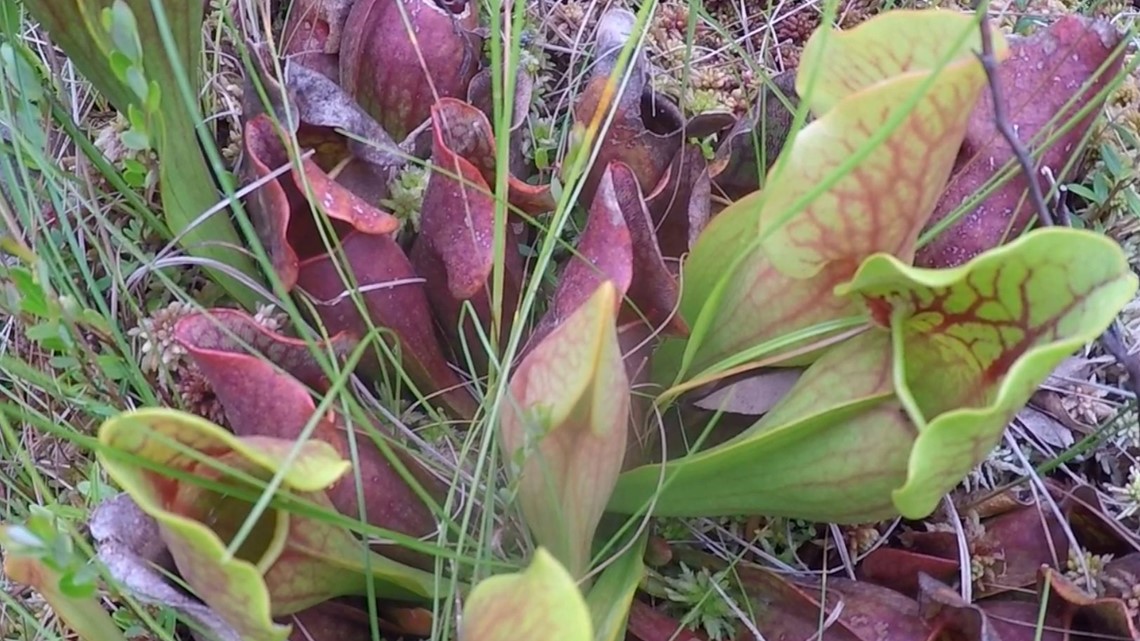CATTARAUGUS COUNTY, N.Y. — Western New York is home to some fascinating natural wonders, but often the most interesting are the hidden jewels, the lesser known green spaces that have largely been ignored.
Like the rare plants thriving there, Allenberg Bog in Cattaraugus County is secretive yet beautiful. The 390-acre refuge has been managed by the Buffalo Audubon preserve system since 1957.
Brenda Young is a Daemen College biology professor and also helps to manage the bog.
"It's such a unique habitat, delicate, sensitive plants that you will not find in any other habitat other than a bog," Young said.
Bogs in this part of the New York were glacially formed over ten thousand years ago. They consist of layers of peat, or decayed organic material. Walking in a bog is like walking on a massive sponge.
"The top layers are living and over time, yeah, they start to decay," Young explained. "Further down they're not going to decay much further because there's not any oxygen to help in that decomposition."


Bogs are both very acidic and oxygen poor, and the plants that thrive there do so in spite of their not being able to draw a lot of nutrients from the soil. Among the bog's many unique plants are a number of carnivorous plants that get their nutrients from an unusual source.
"They can go through photosynthesis, they can convey the energy from sunlight into carbohydrates, but they still need nitrogen, they still need a protein source," Young said. "In this case they modify their leaves, essentially open their mouths, and they take in insects, slow decay of those insects and that helps to supplement their diet."
Bogs are also one of the most efficient carbon sinks on the planet. This is especially important in regard to climate change.
"It is an important habitat from the standpoint of storage of carbon," Young said. "Again, not rapidly growing like a lot of other systems, but as long as we don't release the carbon that's stored in those layers of peat, we have a carbon sequestration situation, it's stored."
Young added, "It's really carbon storage, it's finding a way of taking carbon dioxide out of the air and storing it in another way "
Allenberg Bog is on of the most beautiful and undisturbed spots in the region. Although it is open to the public, it's tough to locate, and the trails can be difficult to follow if you're not familiar with them, so it's recommended that visitors hike with a guide or go along on one of the Audubon's guided tours.
And even if you can't get there to see it in person, Young believes that there's comfort in knowing that such wild places still bloom.
"It isn't always that you have to be there and see it, but recognizing that they're part of the web of life, and that they're being maintained, and that someone cares enough to maintain them is important to me," Young said.
MORE ON WGRZ.COM

